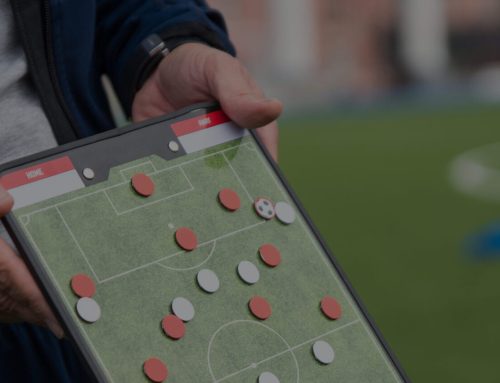Back in 2005, when I ventured to London to start my Sports Science Degree, it was all about the desire to understand more why programs, drills, games, exercises were designed a certain way. Looking for all the answers but leaving with more questions than answers!!
A great experience but looking back I cannot say the skills of connecting with people in different situations or the value of effective communication were a huge part of the curriculum. Maybe they were and it was I just didn’t appreciate their importance at the time. Once the exercise could understood, demonstrated, program delivered, then I felt I was on the right path and progressing.
Effective communication is still undervalued, as there is still a greater desire to find a new drill or conditioned game. This deficit is not just seen with novice coaches but rather widespread at all levels. Also irrespective of what your role is, be it manager, coach, trainer or S&C the ability to communicate is vital. It’s certainly a skill I value much more now than when I started this journey.
Looking forward to 2022 period with the busy league and championship competitions coaches must strive get the balance right between hard word and recovery to ensure freshness come game day plus reduce the risk of injury. Training sessions must be planned factoring in opposition analysis, defining roles, and game scenarios and assessing the current strengths and weaknesses of your team. Identifying the ‘what’ or content in your sessions is the first step but then how is the session going to be delivered is the next crucial part.
This is relevant to all members of a backroom team who may have an input on the training field at club level. This could consist of Head coach, strength and conditioning coach, goalkeeping coach, manager, analyst and selectors. This number would obviously increase once you think of senior inter county level where there could be multiple S&C staff and field coaches. In contrast at club level a person’s role and responsibility naturally may overlap. Either way, effective communication and clarity is required.
Experience has thought me there is no magic number when it comes to backroom teams. You see at inter county level with many teams where the number of personnel involved seems to increase every year. More though is not necessarily better. It comes down to the particular experience and skill set of the people plus the particular roles and responsibilities decided on and agreed by the manager.
Budget can have an impact here also but the most important point is irrespective of the size of the backroom team, is the preparation time been maximized? Are people making a difference, which subsequently leads to increased chance of success.
Moving onto to the actual delivery of the pitch sessions communication is not necessarily about saying more but rather when you do open your mouth are you making an impact. Some times simple praise is required but to build on that a player needs to know why you are praising him or her.
People can be guilty at times of thinking the more noise and instructions you give, then that is what good coaching is. I am certainly not the first person to make this point and have made many errors like this myself. Over eager to help as a coach but instead inadvertently sabotaging the learning opportunity.
This certainly hit home when completing a practical speed and agility assessment a few years back as part of my Master’s in Strength and Conditioning in London once more! I left the building thinking I had nailed the assessment. Positive body language, loads of coaching points and great energy.
I am sure the participants enjoyed it but unfortunately many marks were lost as there was too much instruction, and too many drills. Rather than constantly making noise the good coach knows when to give feedback and how they are going to deliver it.
Effective communication comes firstly from clearly knowing what element you are trying to develop and then understanding how a certain scenario or game will develop or challenge this element further. This requires coaches to possess a depth of knowledge of the area they are trying to develop. Good planning rather than just delivering a series of random drills.
Following the right preparation comes the skill of observation. This requires great patience not to fall into the trap of constantly telling players what to do. Sometimes this behavior can be driven by insecurity or some people are just not aware of it. Are you running the session or actually observing what is going on?
In training a player is constantly told what to do, whereas as in the game the player most of the time must decide what to do, decision making in essence. The manager or coach then wonders why there is less transfer or improvement from training to the game.
A coach must be comfortable to let a player make a few mistakes first, and then guide the players towards improvement if necessary. Provided the attitude and work rate is good then mistakes in training can be a good thing. This can be difficult for some coaches to still get their head around so players are given no space to learn and decide for themselves.
Yes depending on the level of team, age, experience, scenario there is still appropriate times to provide direct instructions to your players. Even at times a coach made be vocal early in a session to create energy and the right environment. Get the balance wrong though and you will stifle your player’s development.
Looking ahead now to the start of the 2022 with pre-season training fast approaching, Let’s not undervalue the preparation process
PK.








